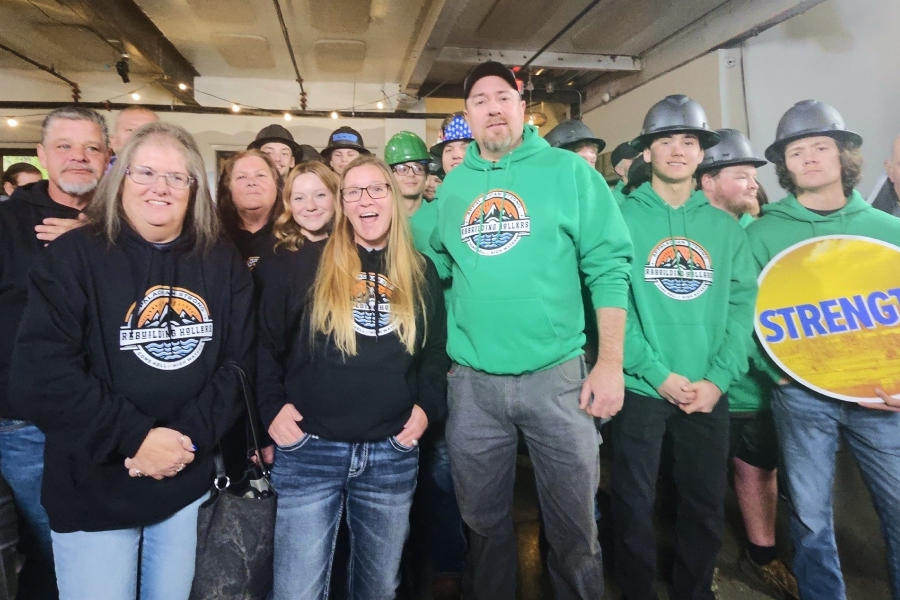Coral Springs is a 62 km2 (24 mi2) city of around 135,000 people located approximately 32 km (20 mi) northwest of Fort Lauderdale, Florida. A planned community with strict building codes, much of what is now Coral Springs was built on former marshland. This year, Coral Springs celebrates its 60th anniversary as a chartered city.
The Coral Springs Building Department, which handles around 10,000 permits a year, has recently adopted Bluebeam plan review software. Built spoke to Alex Hernandez, chief building official for the city of Coral Springs Building Department, to find out why the city chose Bluebeam and what the benefits of using Revu in particular have been for his department.

Built: What was the initial problem you were looking to solve before you started using Bluebeam?
Alex Hernandez: When COVID-19 hit, most of our permits – approximately 10,000 a year – were completed on paper. We had to come up with a quick solution so we could provide electronic plan review for our customers that were now working remotely.
Built: How and why did the office choose Bluebeam for the new digital plan review process?
Hernandez: Bluebeam is a well-known program used by many designers and contractors, so we felt comfortable that it would work well for our customers. We attended Bluebeam demos, and it seemed like the perfect solution for us. It was also cost-effective compared to other programs. Bluebeam also works well with our permitting software, TRAKiT by Central Square. It has an application programming interface (API) that works well with Bluebeam.
Built: How long did it take to get Revu to do what you wanted it to?
Hernandez: After the demo, we decided to go with Bluebeam. We scheduled training sessions with Bluebeam’s Professional Services team. Within three months of starting that process, we were able to start using it.
Built: How did your team work together to decide the workflows that were right for your organization?
Hernandez: We worked with Bluebeam and gave the company a lot of information regarding our permitting processes. Bluebeam helped us create a workflow that worked best for us, and it has been very successful.

Built: How did you roll out training for the team to make the digital transformation?
Hernandez: We schedule training sessions based on the user. We had training for subject matter experts and administrators. Separate training sessions were held for the permit reps and plan examiners.
Built: How did the idea of standardized markups or comments help to get buy-in?
Hernandez: We are still working on incorporating standardized markups or comments. We currently use Bluebeam only to view plans and verify digital signatures. Our main concern was offering the best solution for our customers, contractors, architects and engineers.
Built: How did you find using Revu during the pandemic, when most people needed to work from home? Were there any surprising benefits?
Hernandez: Paper plans need to be physically routed to several different departments, sometimes taking 15 days to complete a round of reviews. Bluebeam has allowed us to reduce that review time down to five days. With Bluebeam, every department can review the plans at the same time. Bluebeam also has the Studio function, where you can create Studio Sessions to review plans and communicate with the contractor or the engineer. We currently aren’t using that to its full potential, but it’s a great feature we plan on using.
Built: Have you been able to quantify the savings you’ve made by using Bluebeam?
Hernandez: Bluebeam has greatly reduced our plan review time. We’re now able to review plans much faster for our customers. Time is money in the construction industry, so our electronic plan review has become very popular with our customers. We’re currently at nearly 80% electronic in terms of plan reviews, which is a great position to be in, given we issue approximately 10,000 permits a year.
In monetary terms, Revu has been cost-effective. Bluebeam has eliminated the need to store and scan plans. Bluebeam has saved the city thousands of dollars in storage and scanning fees. The reduction in paper plans has also allowed us to free up hundreds of square feet of office space that is normally used for storage. Electronic plan review has drastically reduced the foot traffic in our lobby. We no longer have the lunch hour rush of customers coming to the office. Our customers also save time and money by not having to print their plans and waste their day driving to city hall.












